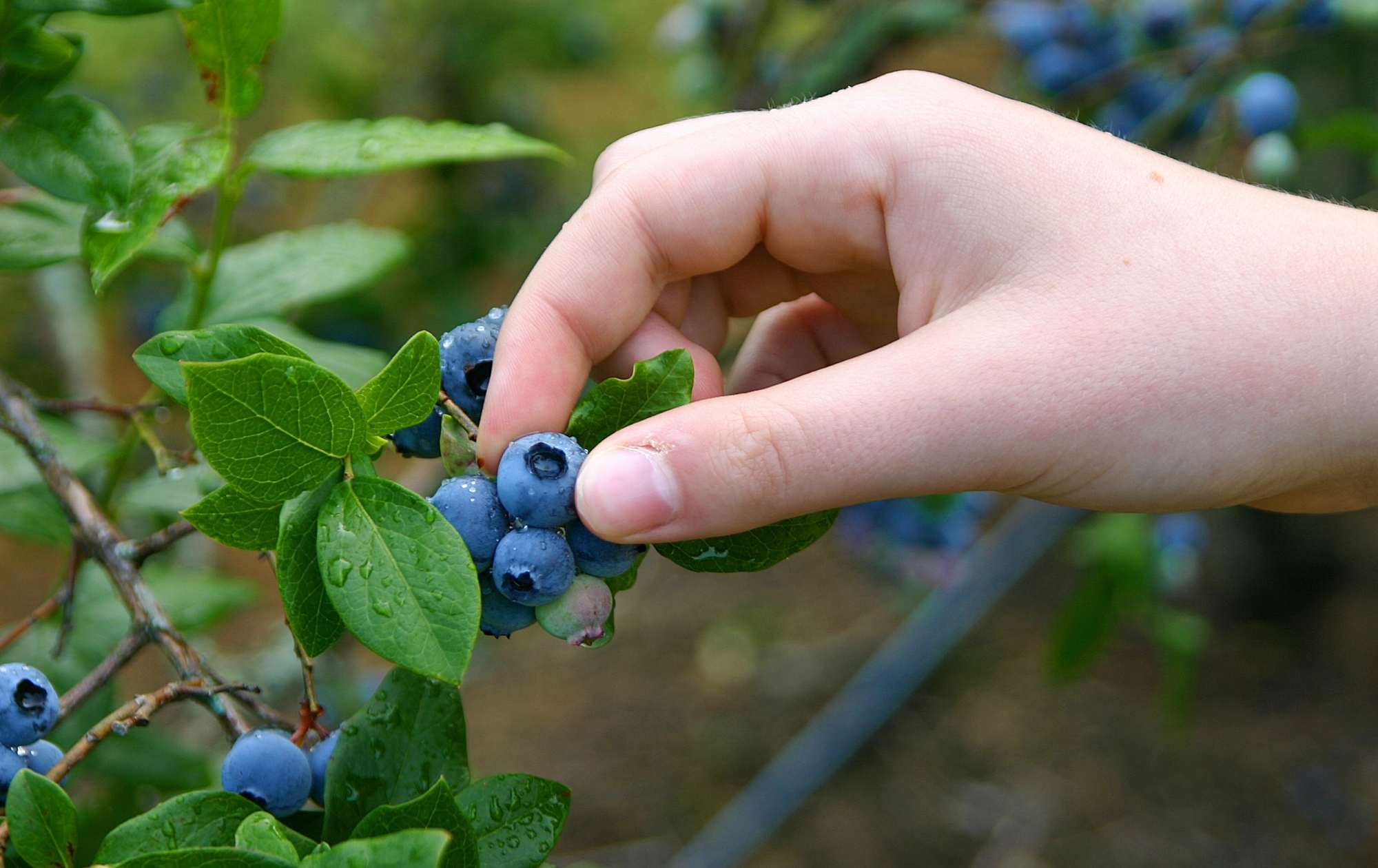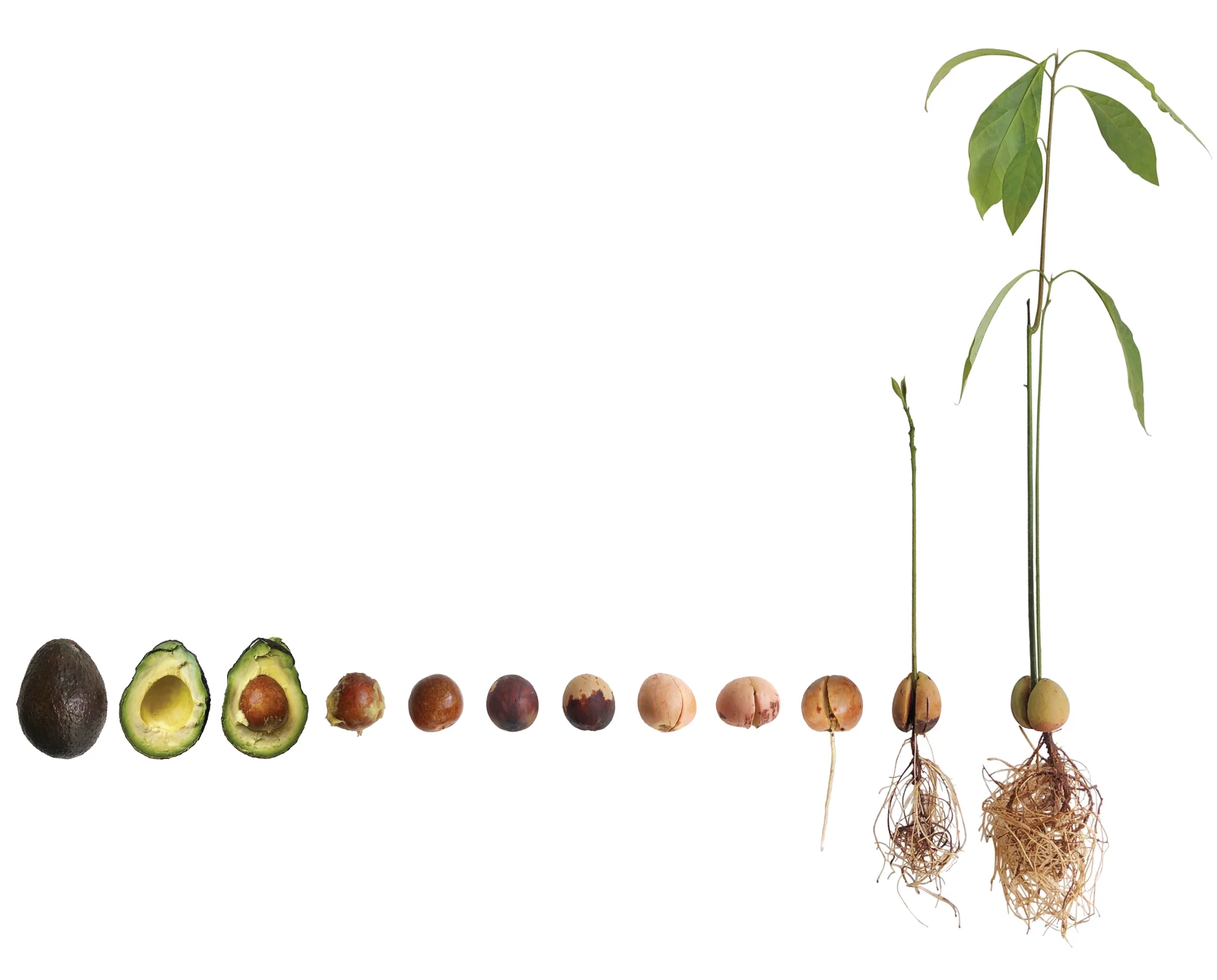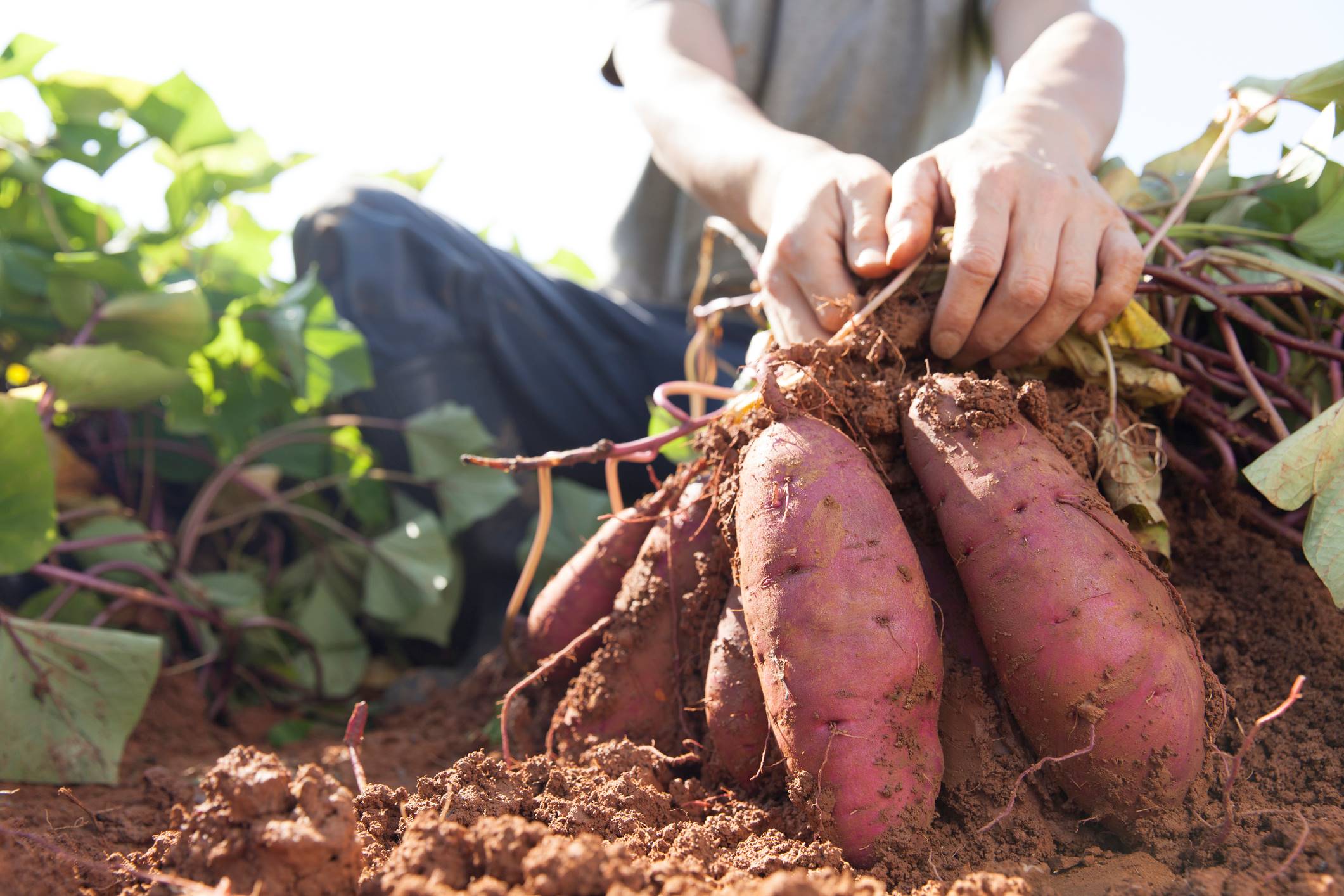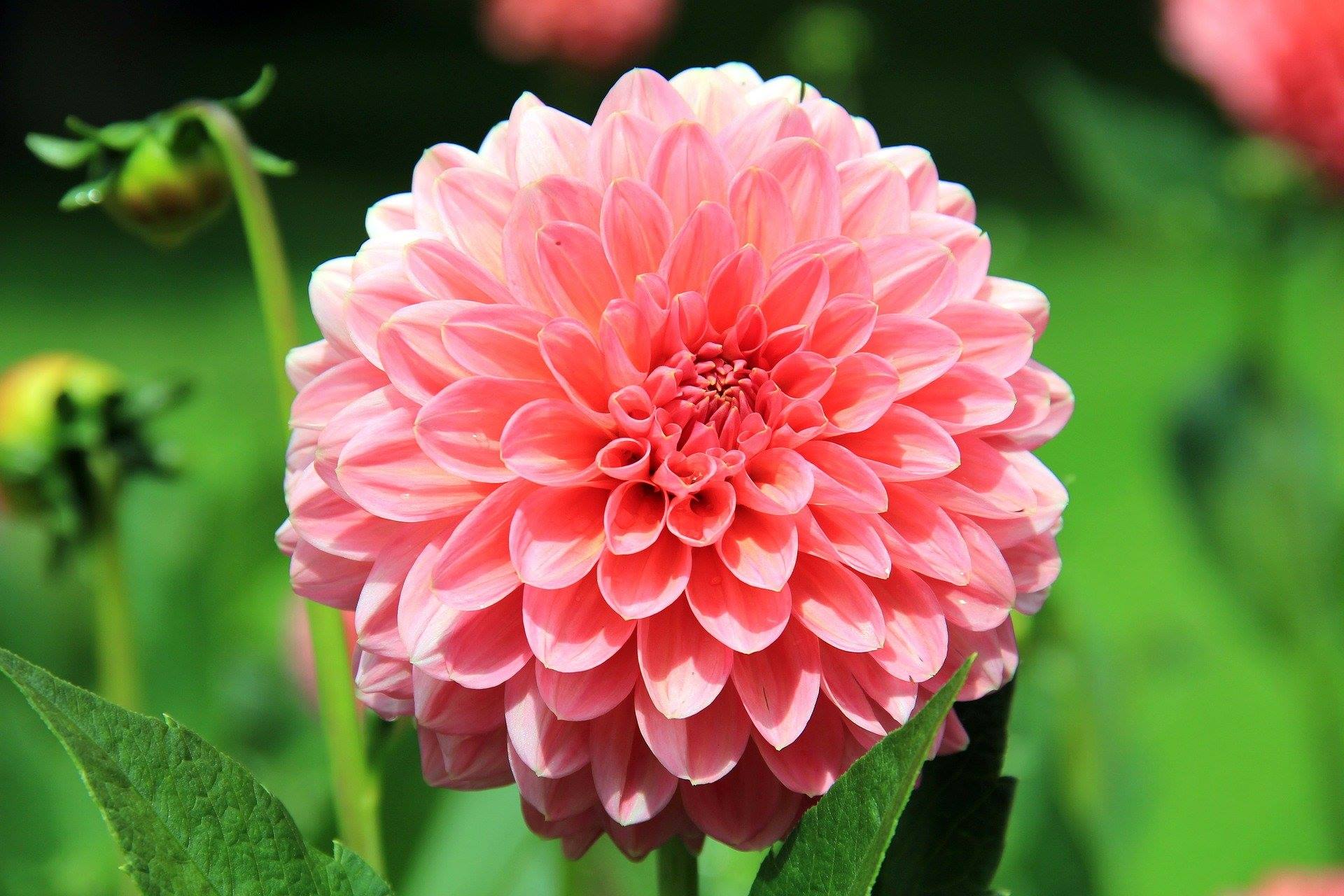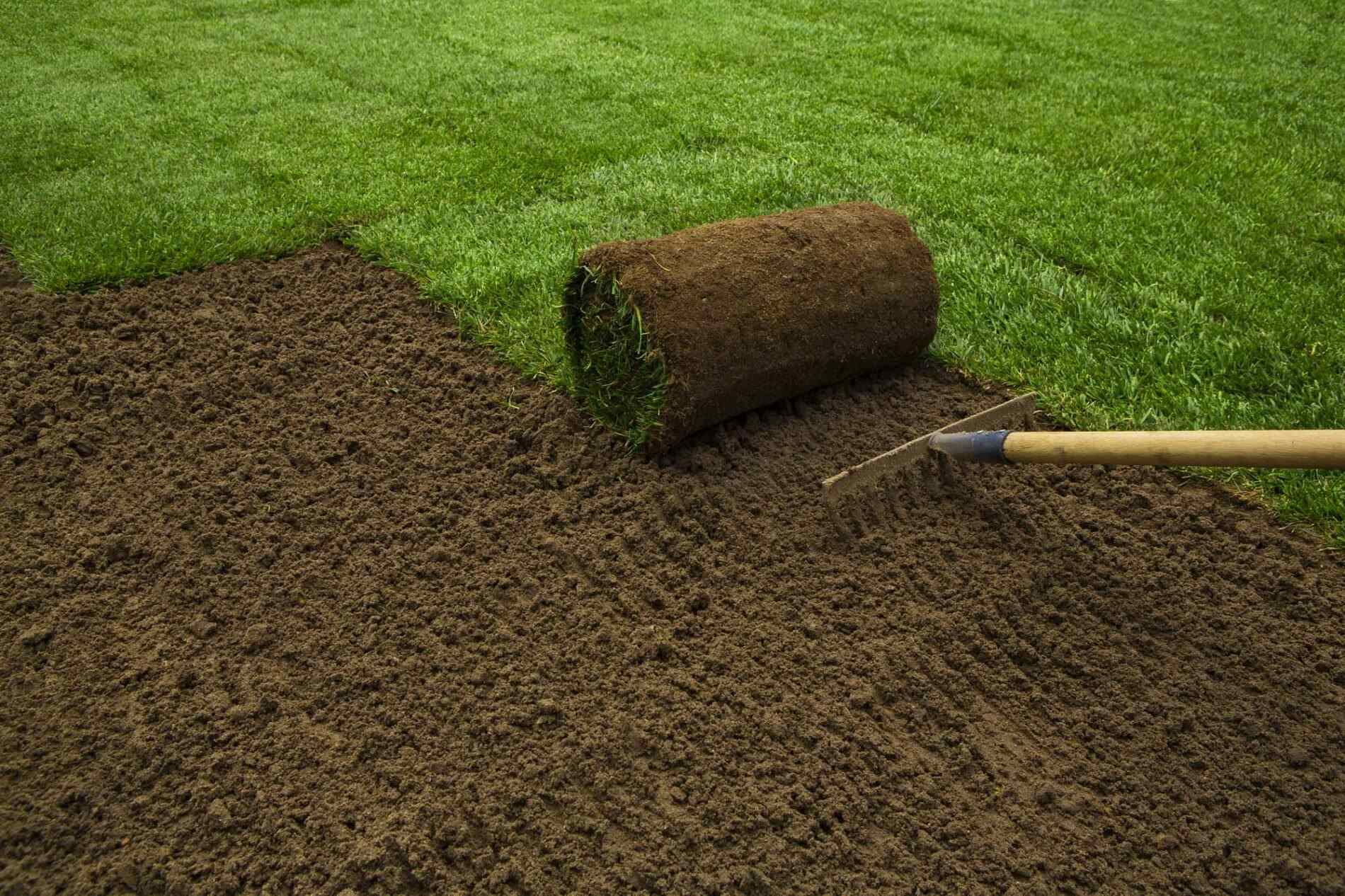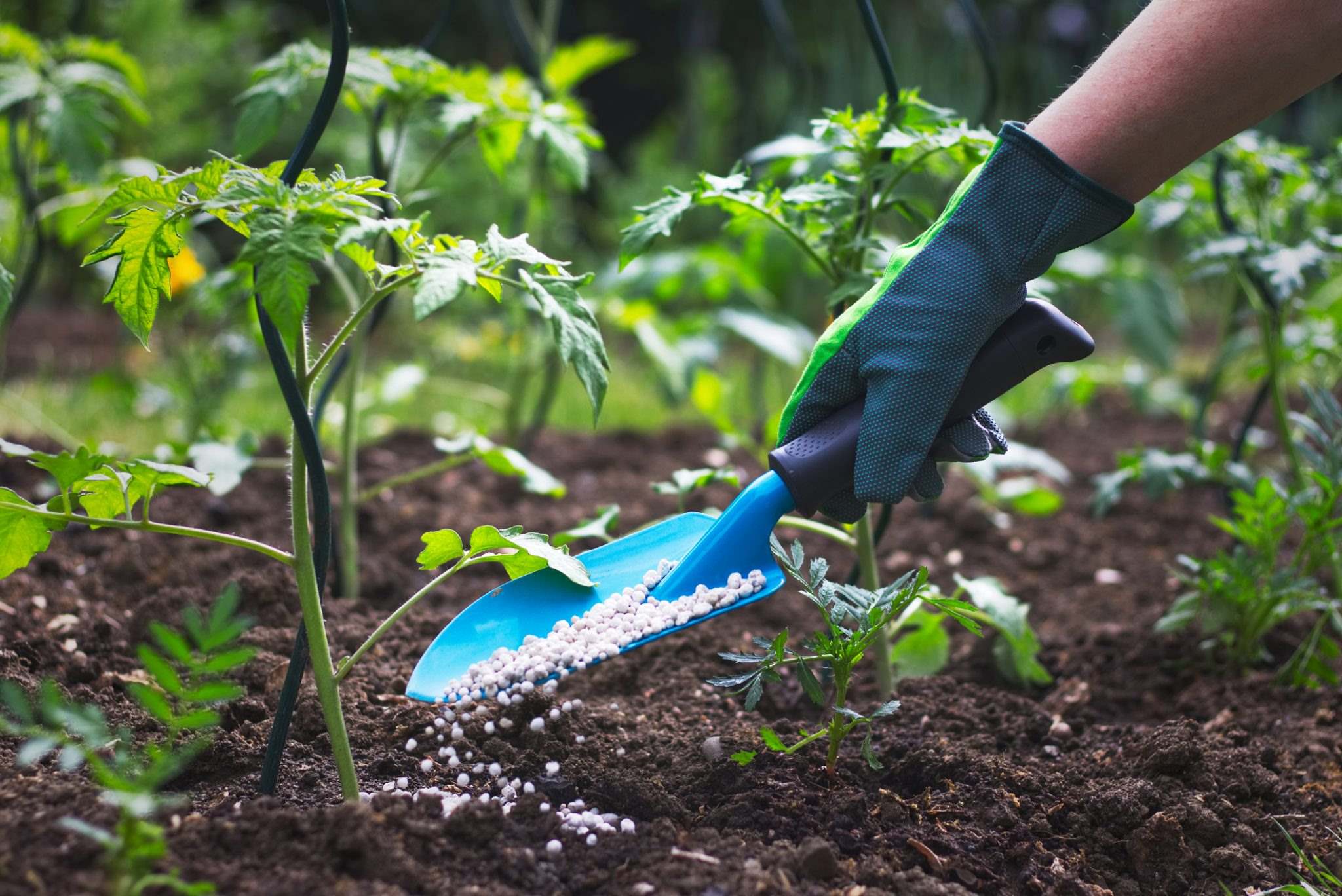Home>Gardening Tips and Tricks>How Long To Wait To Seed After Fertilizer
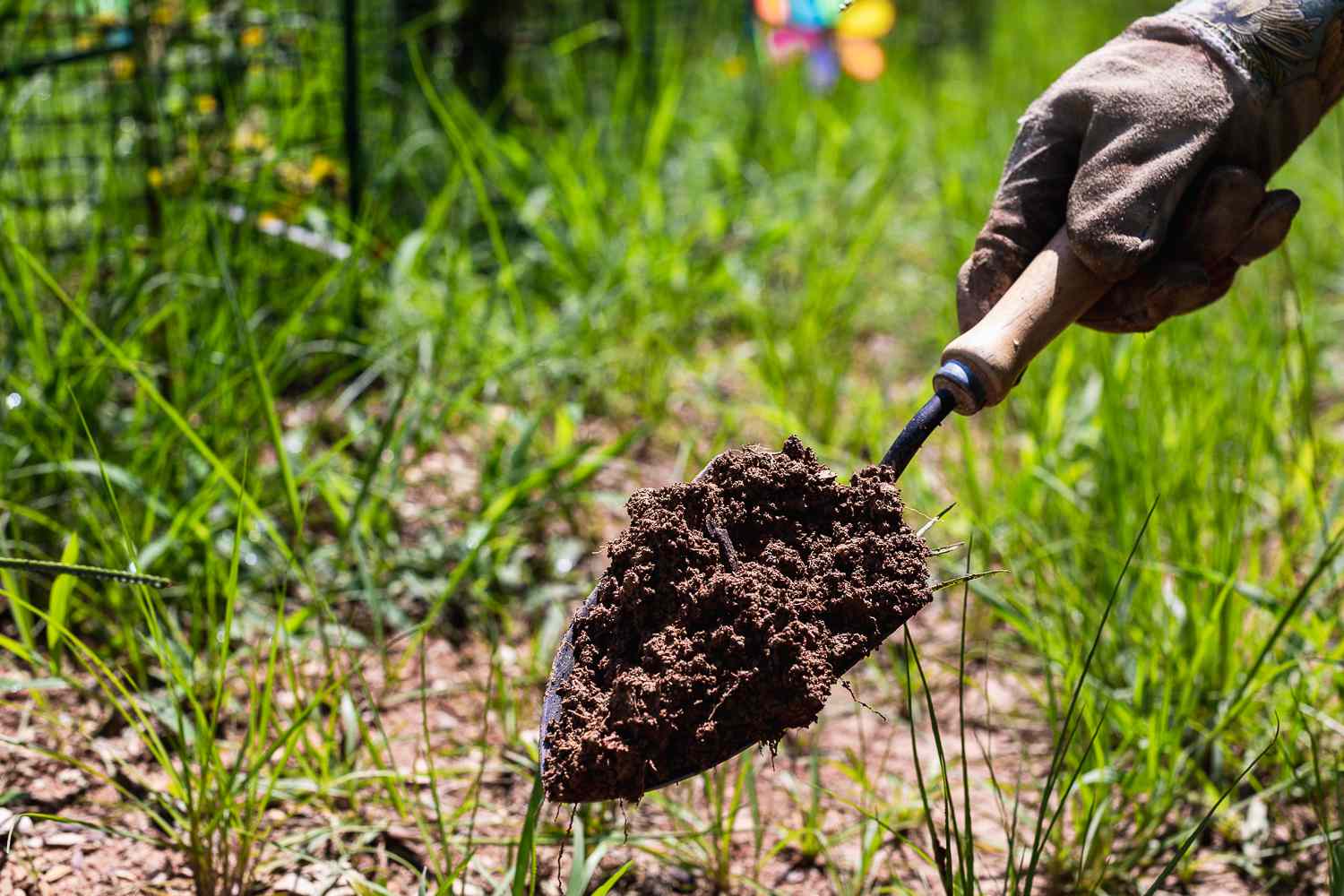

Gardening Tips and Tricks
How Long To Wait To Seed After Fertilizer
Modified: January 22, 2024
Looking for problem solving tips on how long to wait to seed after fertilizer? Learn the best practices and timeline to ensure successful seeding after fertilization.
(Many of the links in this article redirect to a specific reviewed product. Your purchase of these products through affiliate links helps to generate commission for Chicagolandgardening.com, at no extra cost. Learn more)
Table of Contents
- Introduction
- Factors to Consider Before Seeding After Fertilizer Application
- Waiting Periods for Seeding After Fertilizer Application
- Common Types of Fertilizers and Their Recommended Waiting Periods
- Precautions to Take When Seeding After Fertilizer Application
- Tips for Successful Seeding After Fertilizer Application
- Conclusion
Introduction
When it comes to maintaining a healthy and vibrant lawn or garden, proper fertilization is essential. Fertilizers provide essential nutrients that promote plant growth, enhance root development, and improve overall vitality. However, timing is crucial when it comes to seeding after fertilizer application. It is important to allow enough time for the fertilizer to be absorbed and for any potential chemical reactions to occur before introducing new seeds.
While fertilizers are designed to nourish plants, they can also have adverse effects on newly seeded areas if not given enough time to settle and dissipate. The waiting period between fertilizer application and seeding can vary depending on several factors such as the type of fertilizer used, the specific crop or plant being grown, and the environmental conditions. Understanding these factors and knowing the recommended waiting periods are essential to ensure successful seed germination and establishment.
In this article, we will explore the factors to consider before seeding after fertilizer application, the common types of fertilizers and their recommended waiting periods, as well as precautions and tips for successful seeding. By understanding the principles behind the waiting periods, you can make informed decisions and achieve optimal results for your lawn or garden.
Factors to Consider Before Seeding After Fertilizer Application
Before rushing to seed your lawn or garden after applying fertilizer, there are several important factors to consider. These factors will influence the waiting period required for optimal seed germination and establishment. By taking these factors into account, you can ensure that your seeds have the best chance of thriving.
1. Type of Fertilizer: Different types of fertilizers have varying chemical compositions and release rates. Some fertilizers, such as slow-release or organic fertilizers, break down gradually over time, while others, like quick-release synthetic fertilizers, dissolve more rapidly. Understanding the characteristics of the fertilizer you used will help determine how long you should wait before seeding.
2. Nutrient Composition: Fertilizers contain a mixture of nutrients, including nitrogen, phosphorous, and potassium (NPK). The nutrient composition can impact the waiting period before seeding. For example, high levels of nitrogen in the soil can inhibit seed germination and root development, so it’s important to allow time for the excess nitrogen to be absorbed or leached out of the soil.
3. Environmental Conditions: Environmental factors such as temperature, humidity, and rainfall can influence the waiting period for seeding after fertilizer application. Warmer temperatures and increased moisture can accelerate the breakdown and absorption of fertilizers, while colder temperatures and dry conditions may require a longer waiting period.
4. Planting Goals: Consider the specific needs and requirements of the seeds you intend to plant. Some seeds may be more sensitive to high levels of nutrients in the soil, while others may thrive under these conditions. It’s important to research the ideal conditions for the seeds you plan to sow and adjust your waiting period accordingly.
5. Soil Testing: Conducting a soil test can provide valuable information about the nutrient levels and pH of your soil. This information can help you determine the appropriate waiting period before seeding. If the soil test reveals excessive nutrient levels, it may be necessary to delay seeding and allow the fertilizer to dissipate further.
By considering these factors and evaluating the specific conditions of your lawn or garden, you can make an informed decision about the waiting period required before seeding. This will contribute to the successful establishment of your seeds and ultimately result in a healthy and thriving landscape.
Waiting Periods for Seeding After Fertilizer Application
Timing is crucial when it comes to seeding after fertilizer application. While the waiting period can vary depending on factors such as the type of fertilizer and environmental conditions, there are some general guidelines to follow. Here are the recommended waiting periods for various types of fertilizers:
- Quick-Release Synthetic Fertilizers: Quick-release fertilizers are designed to deliver nutrients rapidly. As a general rule, it is best to wait at least two to four weeks after applying quick-release fertilizers before seeding. This waiting period allows the nutrients to be absorbed and any potential chemical reactions to take place, reducing the risk of seed damage.
- Slow-Release or Controlled-Release Fertilizers: Slow-release or controlled-release fertilizers provide nutrients gradually over an extended period. These fertilizers are less likely to cause seed damage, but it is still advisable to wait about one to two weeks after application before seeding. This waiting period allows the fertilizer to distribute evenly in the soil and reduces the risk of seed burn.
- Organic Fertilizers: Organic fertilizers are derived from natural materials and release nutrients slowly. They are generally safe to use before seeding, but it is still recommended to wait a minimum of one to two weeks after application. This waiting period allows for proper nutrient distribution and avoids any potential interference with seed germination.
It’s important to note that these waiting periods are general guidelines and may vary depending on the specific circumstances. Factors such as the nutrient composition, application rate, and environmental conditions can influence the waiting time. Additionally, always refer to the manufacturer’s instructions and follow their recommendations for the particular fertilizer you are using.
By allowing an adequate waiting period after fertilizer application, you give your seeds the best chance of germinating and establishing themselves in a nourishing environment. This patience and attention to timing will ultimately contribute to a healthier and more flourishing lawn or garden.
Common Types of Fertilizers and Their Recommended Waiting Periods
Understanding the different types of fertilizers and their recommended waiting periods is essential for successful seeding after fertilizer application. Here are some common types of fertilizers along with their respective waiting periods:
- Ammonium Nitrate: Ammonium nitrate is a quick-release synthetic fertilizer commonly used in agricultural settings. It is recommended to wait at least two to four weeks after applying ammonium nitrate before seeding.
- Urea: Urea is another quick-release synthetic fertilizer that is widely used in both agricultural and residential applications. It is advisable to wait about two to four weeks after applying urea before seeding.
- Triple Superphosphate (TSP): TSP is a quick-release phosphorus fertilizer that provides an immediate source of phosphorous for plant growth. It is best to wait approximately two to four weeks before seeding after applying TSP.
- Bone Meal: Bone meal is an organic fertilizer made from ground animal bones. It releases phosphorous slowly over time. It is generally safe to seed immediately after applying bone meal, as it does not pose a risk to seed germination or early plant development.
- Compost: Compost is an organic fertilizer made from decomposed plant material. It is rich in nutrients and provides a slow-release source of nourishment for plants. It is generally safe to seed immediately after applying compost, as it is not likely to interfere with seed germination.
- Manure: Manure is another organic fertilizer that is high in nutrients. It is advisable to wait at least two to four weeks after applying manure before seeding. This waiting period allows time for any potential pathogens present in the manure to break down.
- Granular Slow-Release Fertilizers: Granular slow-release fertilizers release nutrients gradually over an extended period. These fertilizers are less likely to cause seed damage, so it is generally safe to sow seeds immediately after applying them.
It is important to note that these waiting periods are general recommendations and may vary depending on factors such as the specific fertilizer brand, application rate, and environmental conditions. Always refer to the manufacturer’s instructions for accurate and specific guidance regarding the waiting period for the fertilizer you are using.
By understanding the recommended waiting periods for different types of fertilizers, you can ensure that you provide the ideal conditions for your seeds to germinate and thrive, leading to a lush and healthy lawn or garden.
Precautions to Take When Seeding After Fertilizer Application
Seeding after fertilizer application requires careful consideration and some precautions to ensure the best chances of seed germination and successful establishment. Here are some important precautions to take:
- Avoid Excessive Fertilizer Application: Over-applying fertilizer can lead to nutrient imbalances and chemical burn, which can inhibit seed germination and hinder plant growth. Follow the recommended application rates provided by the fertilizer manufacturer and refrain from excessive use.
- Follow Fertilizer Recommendations: Each type of fertilizer has specific guidelines for application and waiting periods. Always consult the manufacturer’s instructions to ensure you are applying the fertilizer correctly and waiting the appropriate amount of time before seeding.
- Properly Water the Area: Watering the area after fertilizer application helps with the absorption and distribution of nutrients in the soil. However, avoid excessive watering, as it can cause runoff and potentially wash away the fertilizer. Follow a watering schedule that is suitable for the specific soil conditions and plant requirements.
- Monitor Environmental Conditions: Keep an eye on the weather conditions to ensure that the seeded area receives adequate moisture and is not subjected to extreme temperatures or drought. Extreme heat or prolonged dry spells can stress newly germinated seeds and hinder their establishment.
- Weed Control: Apply pre-emergent herbicides before seeding to prevent weed growth. However, be cautious not to use herbicides that may hinder seed germination. Follow the instructions provided by the herbicide manufacturer and choose products specifically labeled for use with newly seeded areas.
- Gradually Introduce New Seeds: After the waiting period has passed, consider gradually introducing the seeds by overseeding or spreading them in multiple applications. This approach helps to stagger germination and ensures better seed-to-soil contact, maximizing the chances of seedling establishment.
- Regular Maintenance: Once the seeds have germinated, maintain a regular watering and maintenance routine to support their growth. Proper irrigation, regular mowing, and timely fertilization will contribute to a healthy and resilient lawn or garden.
By taking these precautions, you can minimize the risk of seed damage and promote successful seed germination and establishment. Following proper practices and staying attentive to the needs of your seeds will set the stage for a flourishing and vibrant landscape.
Tips for Successful Seeding After Fertilizer Application
Seeding after fertilizer application can be a crucial step in establishing a healthy and vibrant lawn or garden. To increase the chances of successful seed germination and growth, consider the following tips:
- Choose the Right Seed: Select seeds that are appropriate for your region, soil type, and intended use. Different seeds have varying tolerance to nutrient levels and environmental conditions. Consult with local experts or nurseries to choose the best seed varieties for your specific needs.
- Prepare the Soil: Before seeding, prepare the soil by removing any debris, weeds, and rocks. Loosen the soil with a rake or tiller to provide a loose and crumbly texture for optimal seed-to-soil contact. This allows the seeds to establish firm roots and absorb nutrients effectively.
- Timing is Key: Time your fertilizer application and seeding based on the appropriate season for your region. Different plants have different optimal planting times. Consider the temperature, moisture, and daylight conditions when deciding the best time to seed after applying fertilizer.
- Proper Application Technique: When seeding, follow the recommended seeding rates and techniques for your specific seed type. Spread the seeds evenly over the prepared soil and lightly rake them into the top layer to ensure good seed-to-soil contact. This supports proper germination and root establishment.
- Keep Moisture Levels Consistent: Adequate moisture is essential for seed germination and growth. Water the seeded area regularly, keeping the soil consistently moist without creating waterlogged conditions. Avoid excessive watering, as it can cause seeds to float or wash away.
- Mulch for Protection: Consider applying a thin layer of organic mulch, such as straw or wood chips, over the seeded area. Mulch helps retain moisture, regulate soil temperature, and protect the seeds from erosion and potential drying out. Be careful not to apply too thick of a layer that could suffocate the seeds.
- Monitor Progress and Adjust: Keep a close eye on the progress of your newly seeded area. Look out for signs of emergence and adjust your watering and maintenance routine accordingly. Remove any competing weeds or grasses that may hinder the growth of the newly germinated seedlings.
- Patience is Key: Establishing a lush lawn or healthy garden takes time. Be patient and allow the seeds to develop and grow at their own pace. It may take several weeks to see significant growth, but with proper care and patience, you will witness the fruits of your labor.
By following these tips, you can maximize the success of your seeding efforts after fertilizer application. Each step plays an important role in creating an environment that supports seed germination, root establishment, and long-term plant growth.
Conclusion
Timing is everything when it comes to seeding after fertilizer application. The waiting period between fertilizer application and seeding is crucial for allowing the nutrients to be absorbed, any potential chemical reactions to occur, and ensuring optimal seed germination and establishment. By considering factors such as the type of fertilizer, nutrient composition, environmental conditions, planting goals, and conducting soil tests, you can determine the appropriate waiting period for your specific situation.
Different fertilizers have different recommended waiting periods. Quick-release synthetic fertilizers generally require a waiting period of two to four weeks, while slow-release or controlled-release fertilizers may need one to two weeks. Organic fertilizers like compost or bone meal can often be applied immediately before seeding without significant risk to seed germination. It’s important to follow the specific guidelines provided by the fertilizer manufacturer for accurate recommendations.
To ensure success when seeding after fertilizer application, take precautions such as avoiding excessive fertilizer application, properly watering the area, monitoring environmental conditions, controlling weeds, and gradually introducing new seeds. Following these precautions will minimize the risk of seed damage and promote healthy seed germination and establishment.
Additionally, implementing tips such as choosing the right seed, properly preparing the soil, timing fertilizer application and seeding, consistent moisture levels, using mulch for protection, regularly monitoring progress, and practicing patience will enhance the chances of successful seeding after fertilizer application.
By understanding the importance of timing, taking the necessary precautions, and following best practices, you can create a healthy and vibrant lawn or garden. Seeding after fertilizer application is an integral part of the overall fertilization process, and when done correctly, it sets the stage for the growth and beauty of your landscape.
